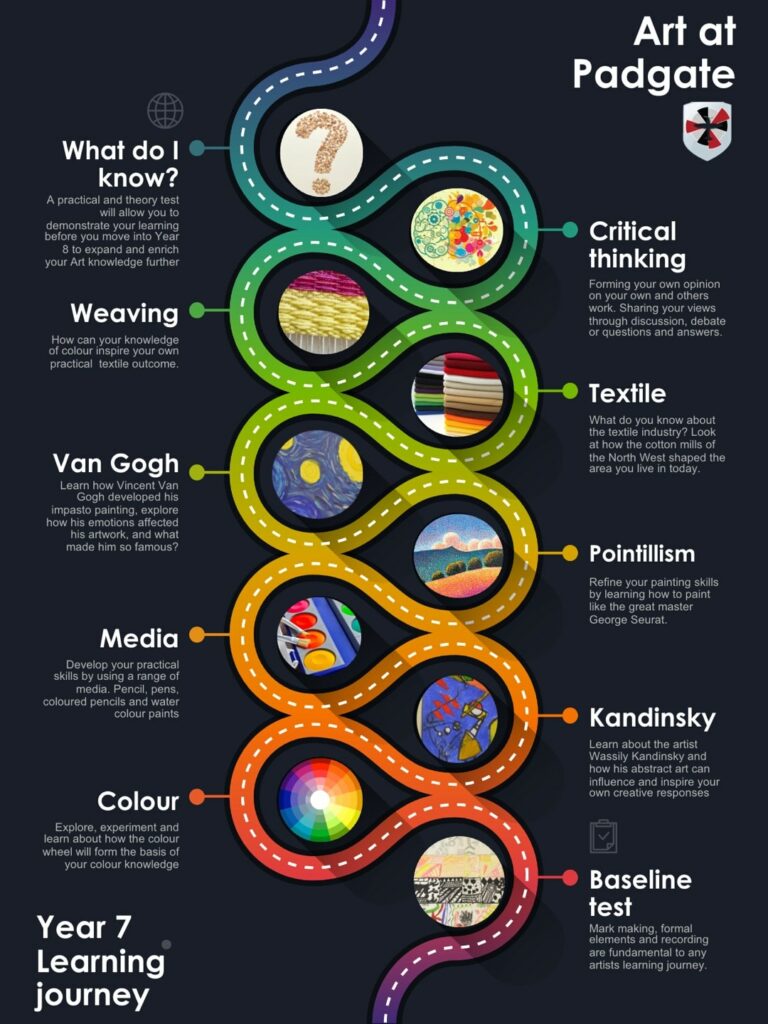The Art curriculum has been designed to build on 6 threshold concepts (see below) this is the basis for the sequence of the learning and unlocking to each learning theme. Students will have the opportunity to engage with and critically evaluate the works of others (including the history of art).
Students will increase their proficiency of materials and media as they progress through each year and expand on using a range of techniques to record their observations. The fundamental drive is to build confidence and explore ideas and experiences through practical based lessons, producing high quality outcomes.
Threshold concepts
TC 1 – Forming an opinion
To be able to analyse and evaluate our own work and form an opinion on others work, forms the basis of being able to strengthen a visual perception.
TC 2 – Understanding the formal elements
The Formal Elements are the components used to make a piece of artwork. Understanding how they can be applied, organised and manipulated underpins the notion of how art is formed.
TC 3 – Art genre, styles and traditions
Art, in many forms, tells us of our past, present and future, shaping and influencing our lives in significant ways. Understanding where key pioneers of Art and design shaped our future plays an important role in the understanding of art.
TC 4 – Observing, recording and responding
Recording can take on many different forms and is not always about drawing, TC4 is about thinking and reacting visually. It can be used for different purposes and is a powerful form of communication.
TC 5 – Exploring techniques and processes
Artists take creative journeys exploring materials, ideas and processes. Unpredicted outcomes can emerge through experiments and taking risks should be encouraged. Through thoughtful refinements the journey will evolve.
TC 6 – Manipulating and refining media and materials
Artists need time to reflect and consider how to control and hone ideas. Becoming proficient in Art is a continuous cycle of pushing the boundaries of what is known as ART!
Learning Journey

Teachers
Mrs A Mitchell
Assistant Principal –
Personal Development
Mrs D Evans
Teacher of Art

